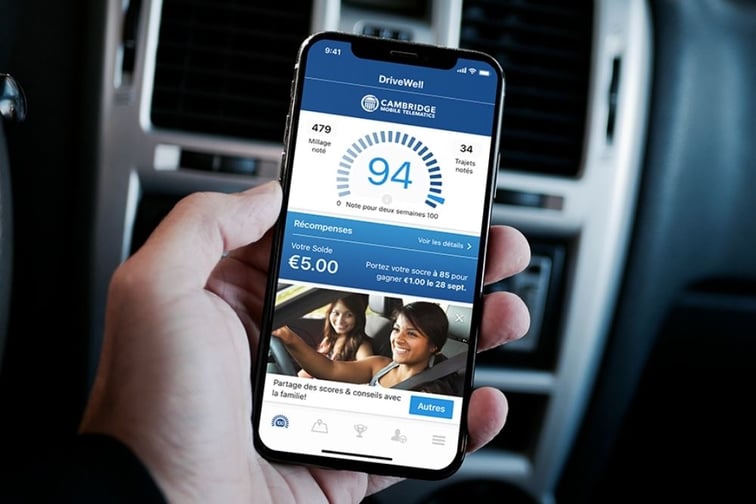

This article was provided by Cambridge Mobile Telematics.
As pressures mount on UK motor insurers, the Financial Conducts Authority (FCA)'s mandate on innovation could not come at a better time
2021 UK motor premiums are shrinking, widening the existing gap with claims inflation. This is despite the deflationary effect of the whiplash reforms and the positive effect of the current change in rush-hour driving patterns on claims inflation.
According to Consumer Intelligence, premiums are 11.4% below pre-COVID levels. In the last 12 months alone, they have decreased by 9.4%. At the same time, secondhand car prices have accelerated (up 14.1% in August 2021), which in turn is expected to cause increased pressure on repair costs.
Smaller insurers in the UK are under pressure from higher indemnity costs. This is due to the imbalance between at-fault repair and third-party subrogation claims costs coming from larger insurers with bigger repair networks.
The retail uplift can be prevented or minimised. First, by learning about the incident straight away and managing FNOL faster. And second, by accessing better information about the crash in order to generate estimated repair costs. In both cases, mobile telematics is by far the best solution available today. Mobile telematics provides the insurer with the right information at the right time. For consumers, the digital claims experience is streamlined, smoother and much more customer-friendly.
The positive effect of pleasing the insured through connected features cannot be understated. Investment analysts regularly rate insurers on the quality of their customer’s experience. Consumers themselves are conditioned to check app reviews regarding buying decisions in every facet of their lives.
For example, the claim score given by the Consumer Intelligence reports is a tell-tale sign of service level and efficiency. There is room to improve. A recent survey revealed that 15% of UK drivers said their last claims experience was ‘difficult’ to ‘nightmarish’.
Besides the claims score, investment analysts use the number of interactions and the percentage of customers that insurers interact with at least once throughout the contract period as an indicator. Worryingly, the industry considers contacting 80% of customers once a year in the “higher range” in motor insurance. As a comparison, drivers interact with their telematics-powered insurance app around three times per week.
The pressure to improve the relationship between insurers and their customers also comes from new regulations. Top of the agenda is the FCA pricing remedy (also called Fair Value) that went into force this October which banned the practice of insurers offering a discounted price to new customers and then ratcheting it up the longer they renew. By the FCA’s own calculations, this new policy is set to generate a 12% increase in motor insurance prices. On the other hand, Fair Value will reduce switching because year one prices are not as attractive anymore. As firms now need to allow consumers to opt-out of auto-renewal, Credit Suisse expects the new FCA pricing guideline will favour insurers that are already good at retaining customers.
To continue driving acquisition, insurers still need to provide competitive pricing. To do that, they need new data that enables them to price more accurately and to better target the customer they want to convert. Telematics data is one of those valuable and predictive sets. However, it is not always available at the point of quote. It is now up to all actors - from aggregators, to brokers, to insurers - to innovate to remain competitive.
One model of innovation is Try-Before-You-Buy. Using telematics via a Try-Before-You-Buy model and integrating telematics risk scoring in the pricing model has helped insurers determine the right price from the outset. This can also be used to identify changes in individual risks throughout the contract and right before renewal, allowing insurers to guide their customers to the fairest price.
To find out more about the various telematics implementation models and the appetite for these from UK drivers, download the free report here.
